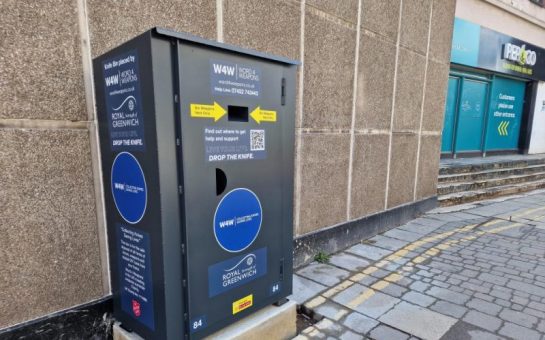More than a thousand more hours were lost by the slow response times of London ambulances to the most serious incidents in a three month stretch this year compared with 2018.
The total waiting hours for London ambulances in early 2018 was 3,028 hours but in the same three months of 2023 that number had soared to 4,355, according to figures published by NHS England.
These figures tell a story that is a big part of our healthcare system.
Nuffield Trust Fellow Jessica Morris said: “Ambulances are one of the most visible and vital cogs of the emergency care machine.”
Morris also said things have started to improve in recent months now we have exited the worst of winter.
However, some issues have persisted, with the mean response time to individual Category 1 incidents like cardiac or respiratory arrest from February to April 2018 was around seven minutes 12 seconds.
In the same period in 2023 this number had risen to around seven minutes 36 seconds.
It is not only Category 1 situations that are affected, which make up only 10% of callouts.
Category 2 callouts for strokes or chest pain, which may require rapid assessment and/or urgent transport are among the most affected by slow responses.
In March, the mean response time for these callouts was almost 40 minutes, 16 minutes slower than the same month in 2018 and more than double the target set by the government in 2017.
These ambulance targets set by the government have been continually missed.
In the two years after the Category 2 targets were introduced in April 2018, both the average and 90th centile response time targets were never met by ambulance crews.
The slowing in response times has been attributed to an increase in incidents that require the most resources from 69% to 78% between 2018 and 2022.
There were also more than 8,500 more Category 1 incidents counted by the NHS in February to April 2023 than the same 2018 period.
Stress on staff has also been widely acknowledged as an underlying problem, causing damage to health and worsening staff shortages.
Morris said: “One in ten paramedics left their job in the 12 months to June 2022. Therefore reducing staff shortages is essential for keeping the situation under control.”
Absence due to sickness in the ambulance service in England increased from 5% in March 2019 to 9% in March 2022 according to the Health Foundation with the most common cause of sickness absence being from mental health concerns.





Join the discussion